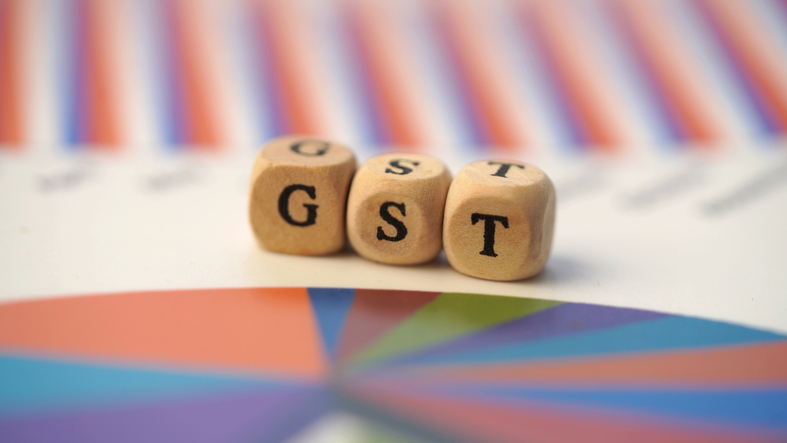The GST Council, at its 56th meeting, approved a set of next-generation reforms aimed at simplifying India’s indirect tax regime, widening inclusivity and laying the groundwork for long-term growth. The changes, will come into effect from September 22.
At the heart of the reform is a streamlined two-slab GST regime: 5% and 18%, replacing the earlier four-tier structure. A special 40% levy will apply only to luxury and sin goods, such as pan masala, tobacco, aerated drinks, and high-end automobiles, ensuring simplicity without compromising revenue. This new structure is expected to cut compliance complexity, improve tax transparency, and benefit all stakeholders from consumers to MSMEs.
Households stand to gain immediately. Everyday essentials like soaps, shampoos, toothpaste, Indian breads, pre-packaged paneer and UHT milk will now attract a GST of 5% or less, easing cost of living pressures. Meanwhile, household durables, TVs, air conditioners, dishwashers, have seen GST reduced from 28% to 18%, making modern conveniences more accessible. Upgrading the tax treatment of food items, be it namkeens, sauces, pasta, or chocolates, enhances affordability while giving a fillip to the manufacturing ecosystem.
The reforms also bring transformative sectoral impact. The textile industry, for instance, is expected to flourish under a restructured duty chain, correcting structural mismatches, lowering costs, and boosting both domestic consumption and exports. The textile sector’s leap toward becoming a $350 billion global powerhouse by 2030 aligns perfectly with this GST rationalization.
Agri-based and rural sectors, too, benefit from rationalization. Farm machinery and irrigation equipment now attract just 5% GST, reducing farmers’ input costs. Fishery and aquaculture industries receive extensive relief, with processed seafood products, farming machinery, and essential chemicals taxed at 5%. These reforms are set to improve competitiveness, bolster exports, and uplift the livelihoods of over 30 million fishers and farmers.
Beyond rate changes, the governmental mechanism itself is undergoing reform. The Goods and Services Tax Appellate Tribunal (GSTAT) will begin accepting appeals by September’s end, hold hearings by December, and clear pending cases by mid-2026, enhancing dispute resolution and tax certainty.














